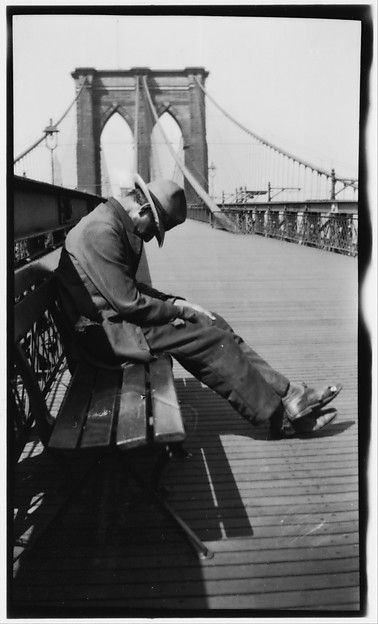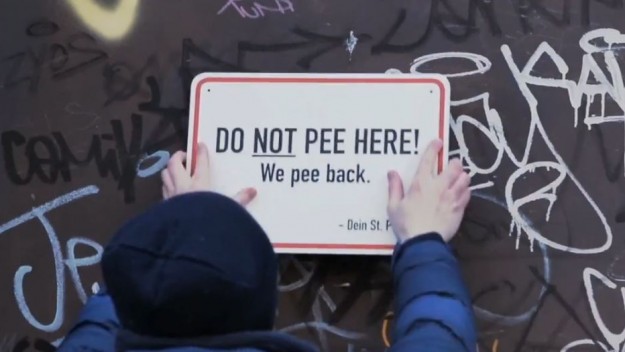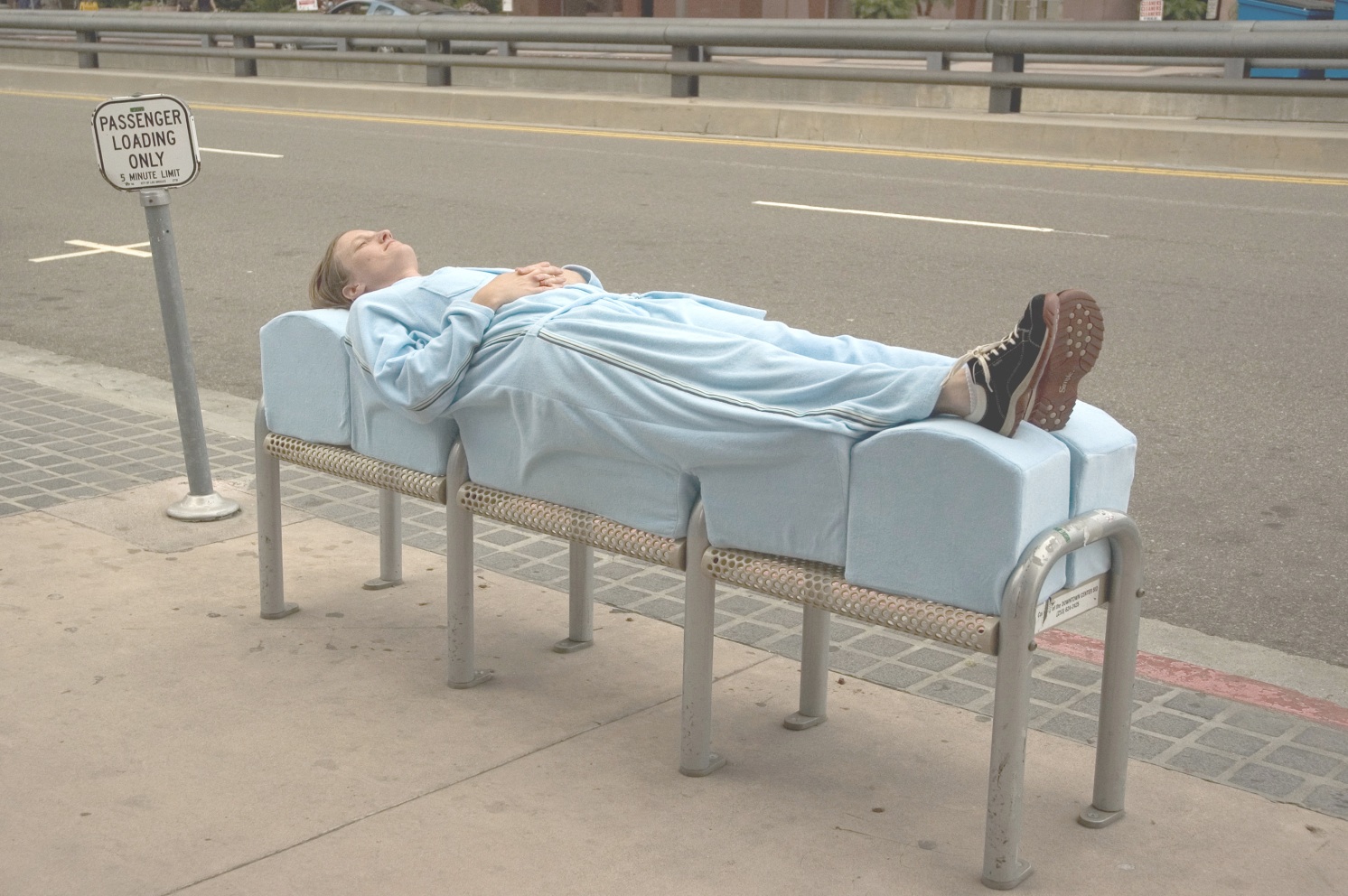
What does a city that meaningfully designs for all of its citizens look like? One of the reasons I am such a fan of city libraries and parks spaces is that these are two places where all people-regardless of who they are or their circumstances-are universally welcome to use and access those spaces. You can tell a lot about a city in how those libraries and parks treat the most vulnerable and disenfranchised.
Allison Arieff in the New York Times observes that the absence of seating in public places is an exclusionary tactic. San Francisco quietly removed all the benches in their Civic Centre and United Nation Plazas, meaning that “public seating has been removed from virtually the entire city.” It’s no surprise that a new book is coming out called “The Arsenal of Exclusion and Inclusion,” positing that things like dead-end streets, signs indicating you can’t loiter, and other restrictive signage are actually “weapons” in a kind of fight to control and alter the use of public space. Those “weapons” include “seemingly decorative “anti-homeless” spikes installed on the exterior ledges of buildings, benches with metal armrests set close together to prevent anyone from lying down, even classical music piped through outdoor speakers to deter teenagers from congregating in front of convenience stores.”
And apparently in San Francisco and Hamburg the municipalities are using a paint on buildings and structures called “pee paint”. Urinate on it and the urine splashes back at the person. All of this uncomfortableness directed at one segment of the population is not new~Portland Oregon had an “Ugly Law” from 1881 that was enforced in 1916 for a lady “making a living selling newspapers on the street who was told by authorities that she was “too terrible a sight for the children to see” and given money to get out-of-town. ”

Laws targeting the disabled and people of certain ethnic backgrounds is a sorry part of North American history. But it points to how we view inclusion or the lack of it for all citizens in our cities and places. While “NORCS” (naturally occurring retirement communities) are “accidental” inclusionary events, barriers to inclusion need to be addressed by actively participating in community. Arieff cites street parties, pop-up stores on vacant facades, and cohesively working and getting to know neighbours as vital. And there is good news in San Francisco~walkability and public space guru Jan Gehl is working with the city to get those benches back in Civic Centre Plaza, relying on data collected from the plaza’s users. As Arieff sums up “Inequality is escalating, and these spaces make that reality visible. It doesn’t have to continue this way. Everyone has the potential to act and, in a way, to be the designer of his or her environment. This is a call to action.”














Loitering and allowing any behavior has limits. Sleeping on the streets, sitting on a side corner panhandling for hours, pissing on various walls, yelling at innocent tourists is certainly behavior that has its limits and should be enforced ( but often is not in Vancouver ).
I fail to see how any and all types of ‘controlling architecture’ (for lack of a better term) are necessarily bad or undesirable things. It’s true that it can go too far, as with the removal of all benches from public parks; but to what extent are designers who work for both private and public entities responsible for accommodating homelessness in everything they do?
Playing classical music (or annoying supersonic tones that only young ears can hear) to deter unwanted loitering on private property? Installing benches that are meant to be sat on and not slept in? Urine-repelling paint that splashes back – but presumably only when one directs a stream of urine onto it in the first place?
It’s clear we don’t do enough to help the homeless enough – or keep them from becoming homeless in the first place. But does every public and private amenity accessible to the public need to be designed specifically for the relative convenience of the homeless – or people with homes who just feel like sleeping and pissing wherever and whenever they please (why discriminate?)?
Well, for sure private developers/land-owners are responsible to the extent that “public space” is part of the development permit negotiation. We’ve seen a city with little quality urban space introduce “plazas” as part of a development only to have them purposely designed to be as inhospitable as possible.
A healthy city shouldn’t have to have controlling architecture (good phrase). “Normal” people should so outnumber the homeless in any urban space that they don’t feel uncomfortable. But the “No loitering” meme is so established that only those who don’t give a damn about our governments’ ridiculous impositions take over our public spaces.
We have enormously successful seawalls. I think it’s partly because we feel like good moral citizens as long as we keep moving. “Nothing to see here!” Move along.
We need to foster a culture that is able to stop and enjoy urban spaces. But we first need to create spaces in which people want to stop. Part of that must be places that are not tarnished by the noise,stench and carnage of motor vehicles.
Author
Reblogged this on Sandy James Planner.